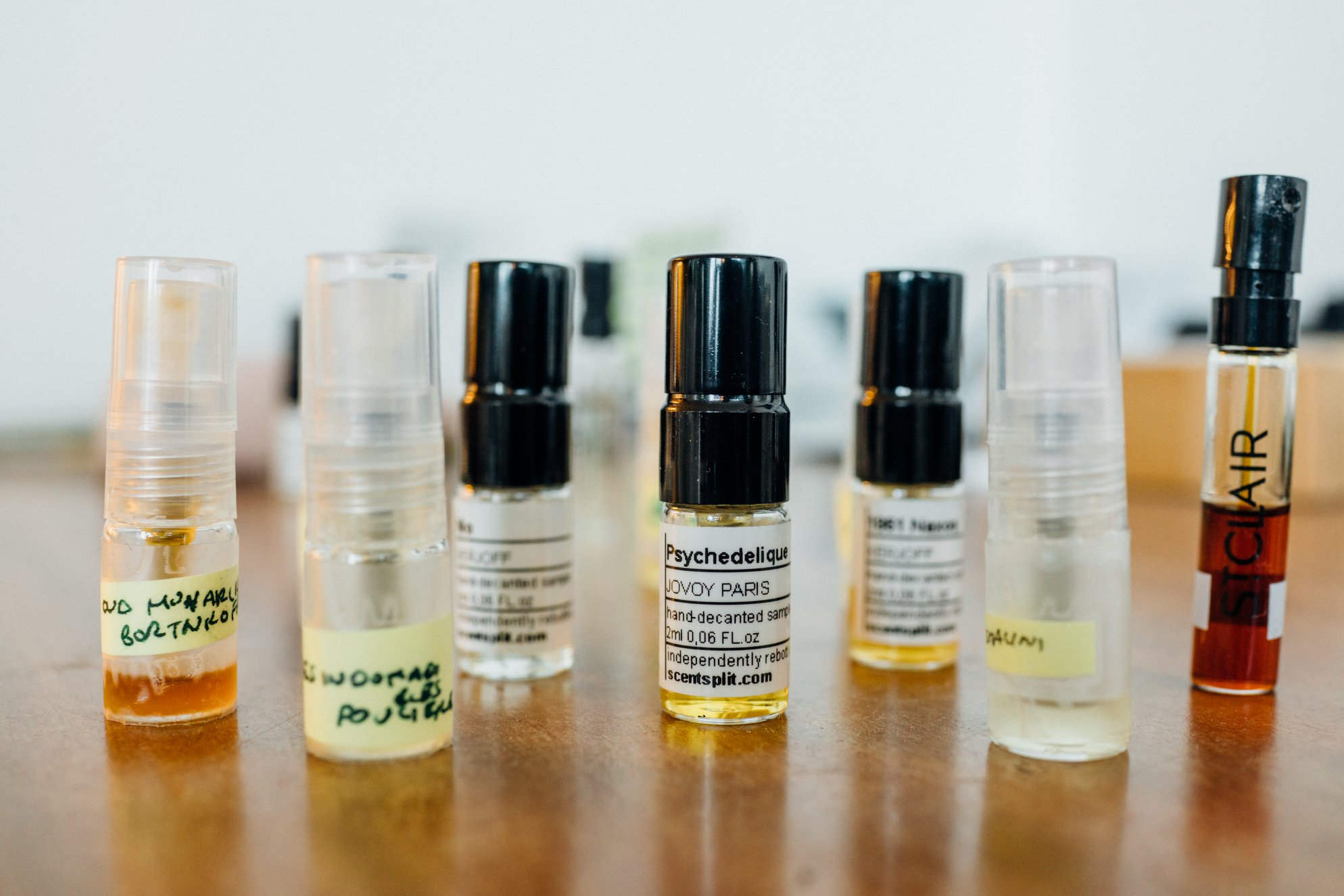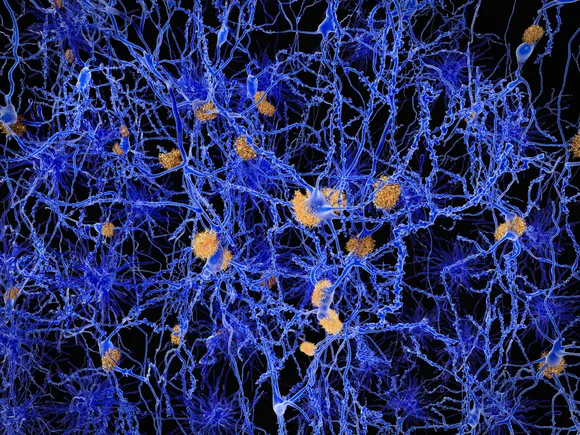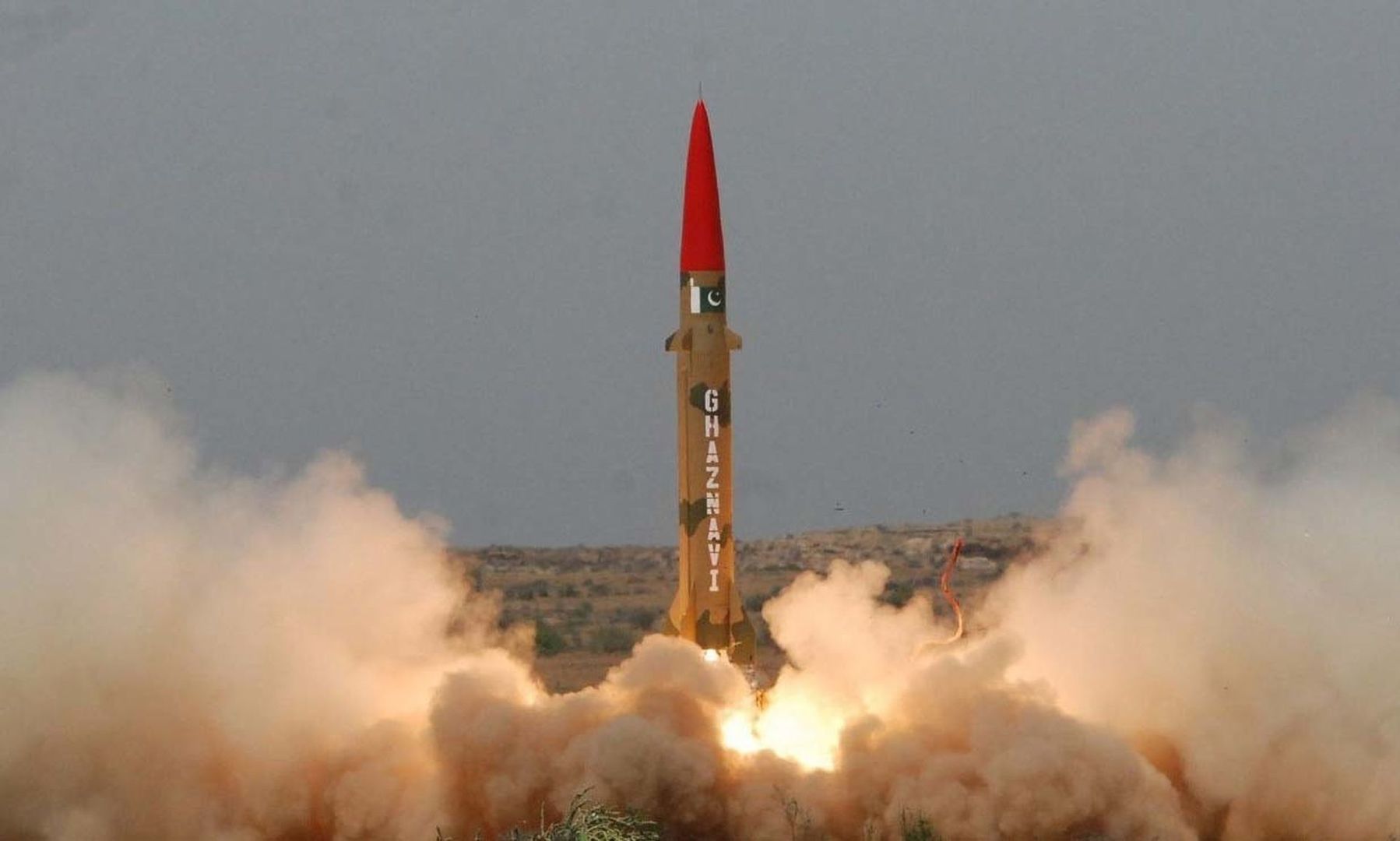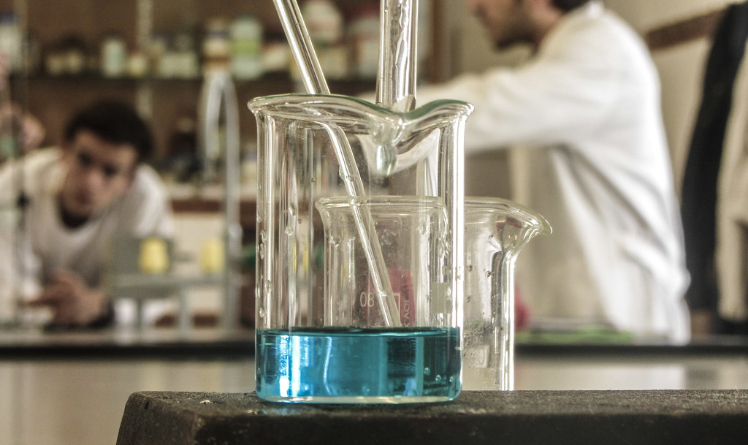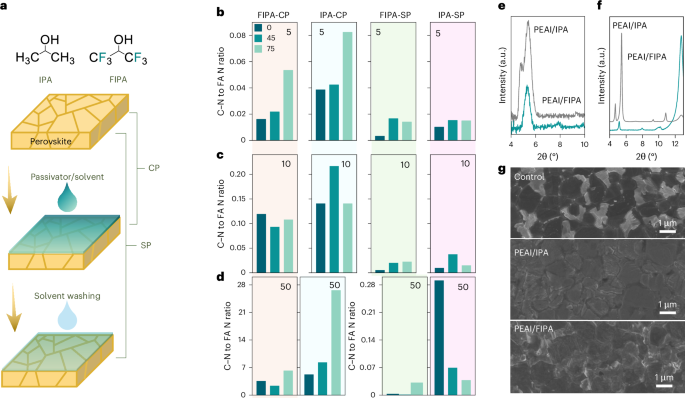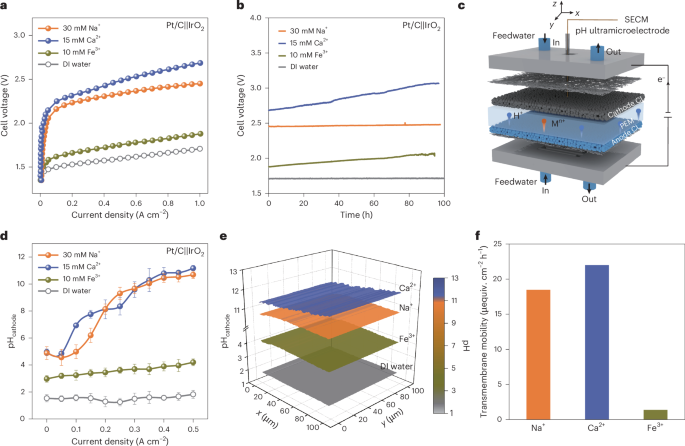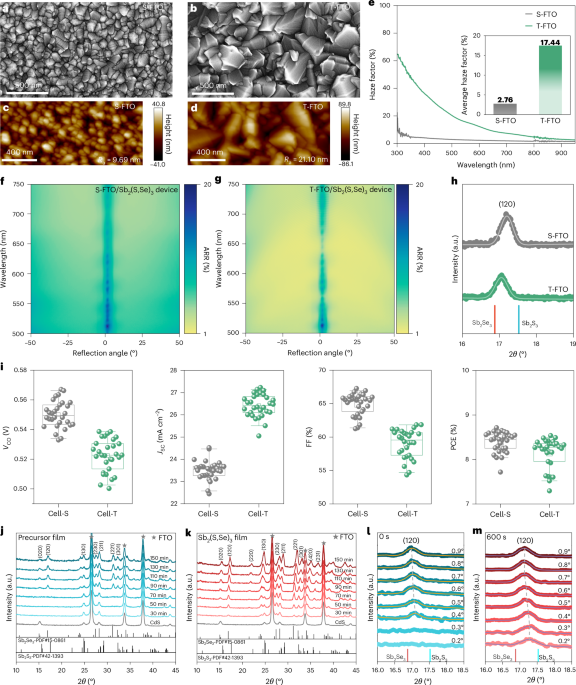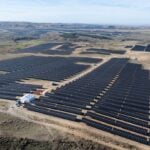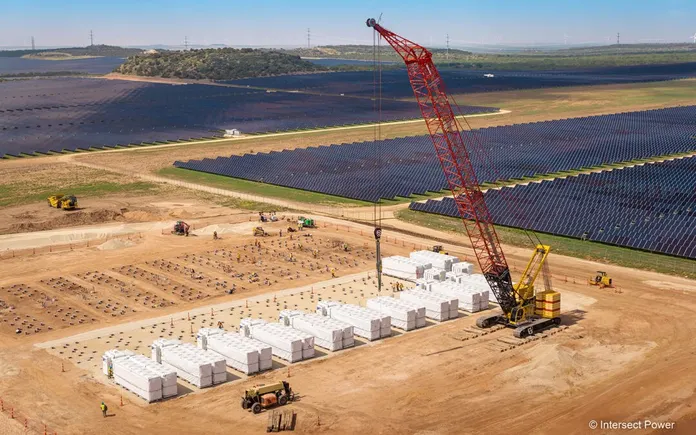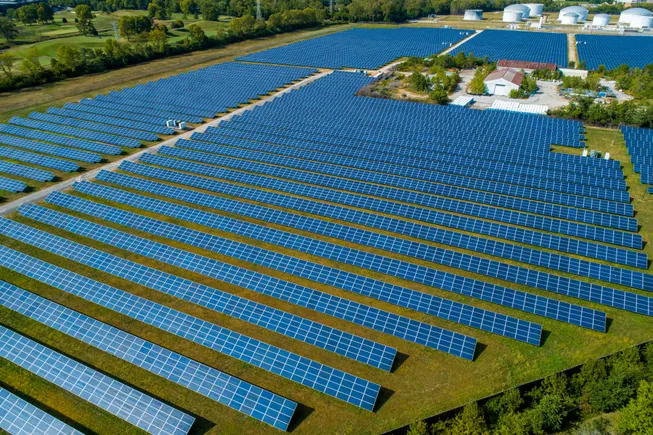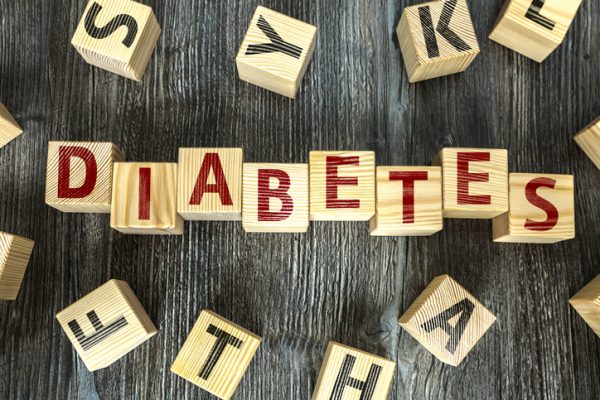The Origin of Li2S2 Reduction Mechanism Modulated by Single‐Atom Catalyst for all Solid‐State Li‐S Batteries
Advanced Energy Materials, Volume 15, Issue 19, May 20, 2025.

A simple strategy via introducing nickel single-atom materials into the all-solid-state sulfur cathode for achieving the complete conversion of Li2S2 to Li2S is reported. This study reveals a significant vertical hybridization phenomenon of nickel single-atom catalyst (NiNC) materials that the dz orbital from the inert dsp2 hybridization state to the active d2sp3 hybridization state once the Li2S2 bonds on the surface of NiNC materials, allowing high capacity release of all-solid-state lithium-sulfur batteries.
Abstract
All solid-state lithium-sulfur batteries (ASSLSBs) demonstrate tremendous potential in the next-generation energy storage system. Nevertheless, the incomplete conversion of Li2S2 to Li2S within the sulfur electrode imposes a substantial impediment on the capacity release. Herein, the nickel single-atom catalyst (NiNC) materials are employed to ameliorate the sluggish reaction kinetics of polysulfides. Moreover, the unknown origin of the catalytic activity of NiNC materials on the ASSLSBs is revealed by using the ligand-field theory. The results show that the dz2${d_{{z^2}}}$ orbital of Ni exhibits a significant vertical hybridization phenomenon from the inert dsp2 hybridization state to the active d2sp3 hybridization state, which exerts a catalytic effect on the reduction of Li2S2 to Li2S. As a result, the assembled ASSLSBs attain a capacity release of 1506.9 mAh g−1 at 0.05 C and more than 70% retention ratio after 600 cycles at a high rate of 2 C. The in-depth study of the d-orbitals of nickel single-atom catalysts in this work offers deep insights into the relationship between the catalytic substrate and active substance and a novel perspective for the realization of ASSLSB with high energy density.
















































